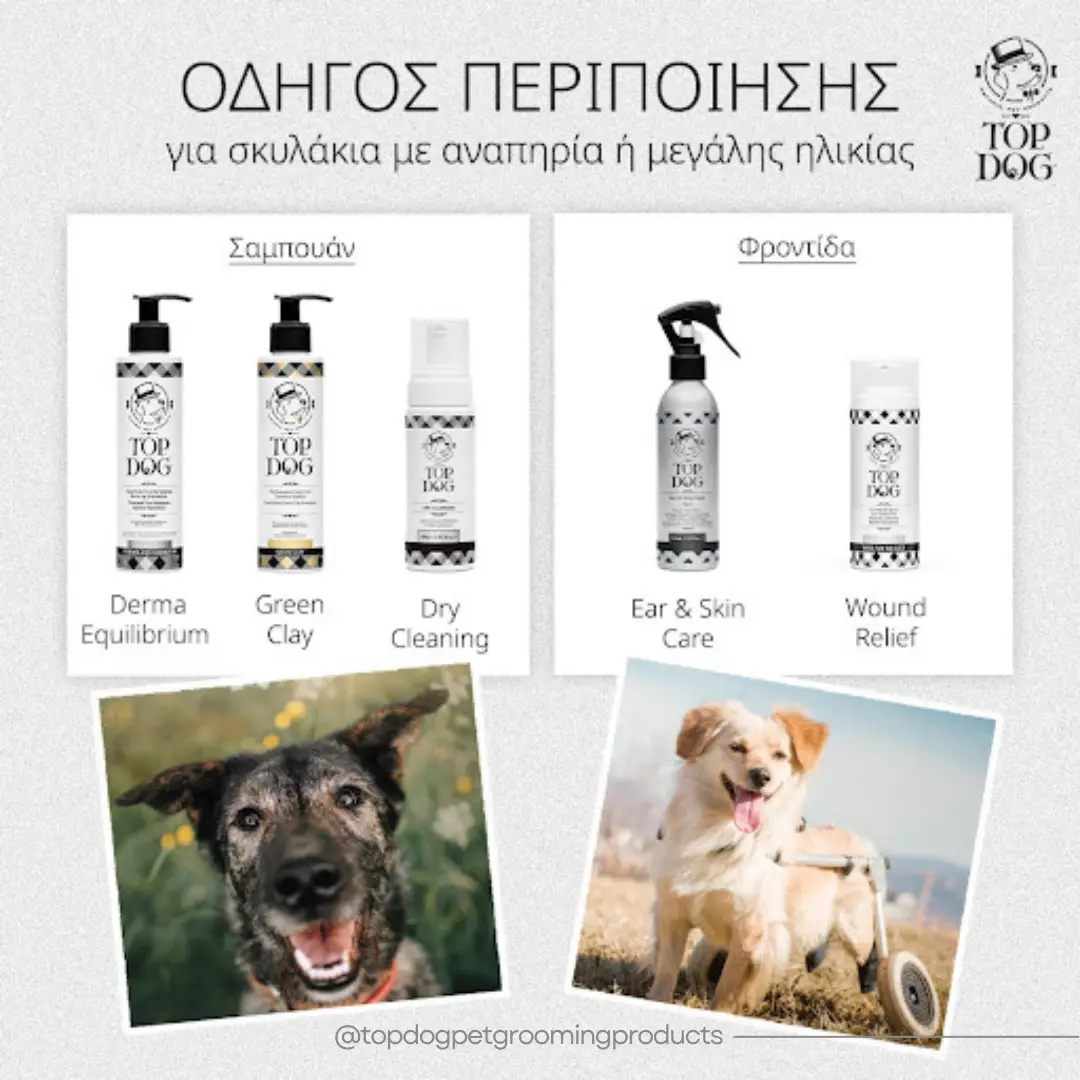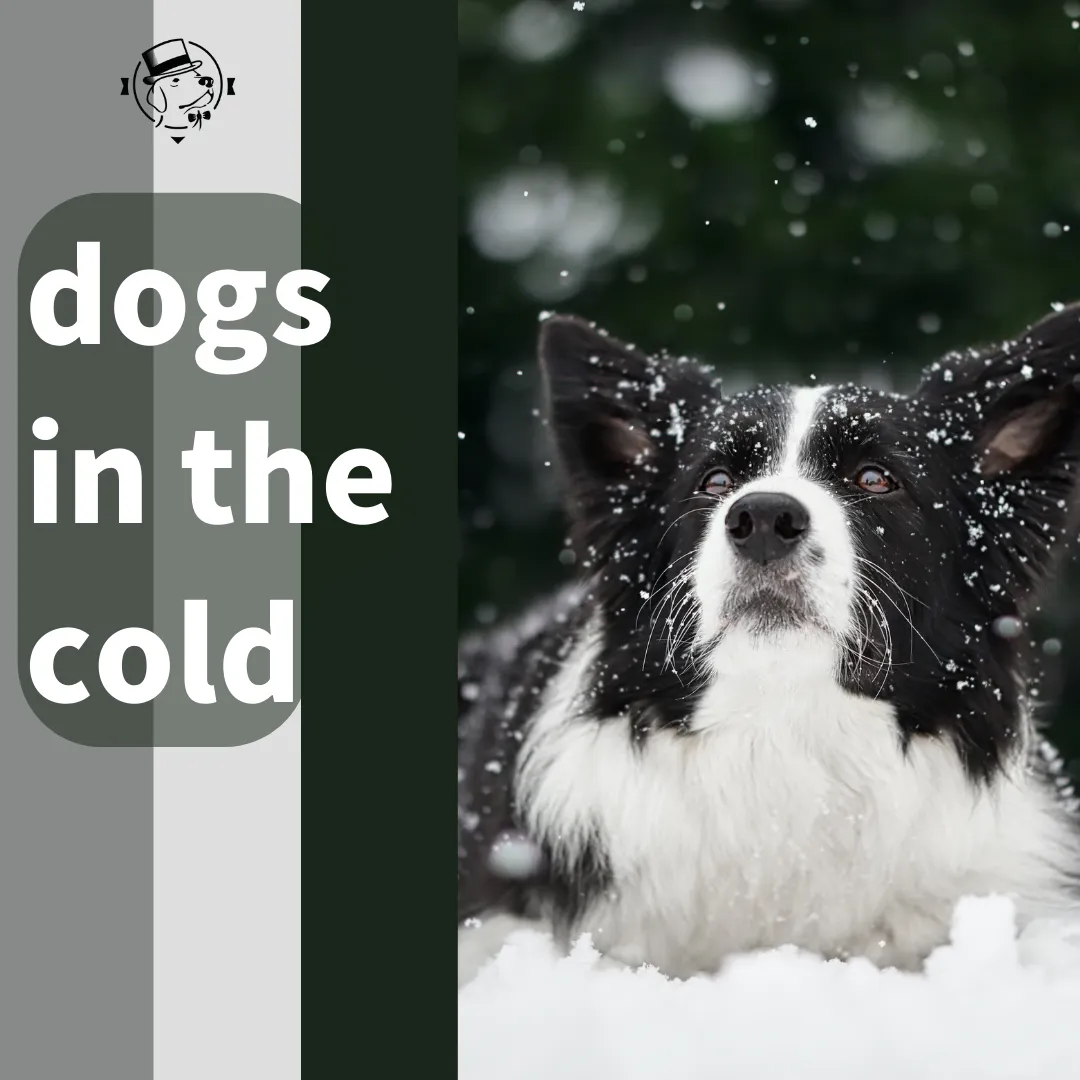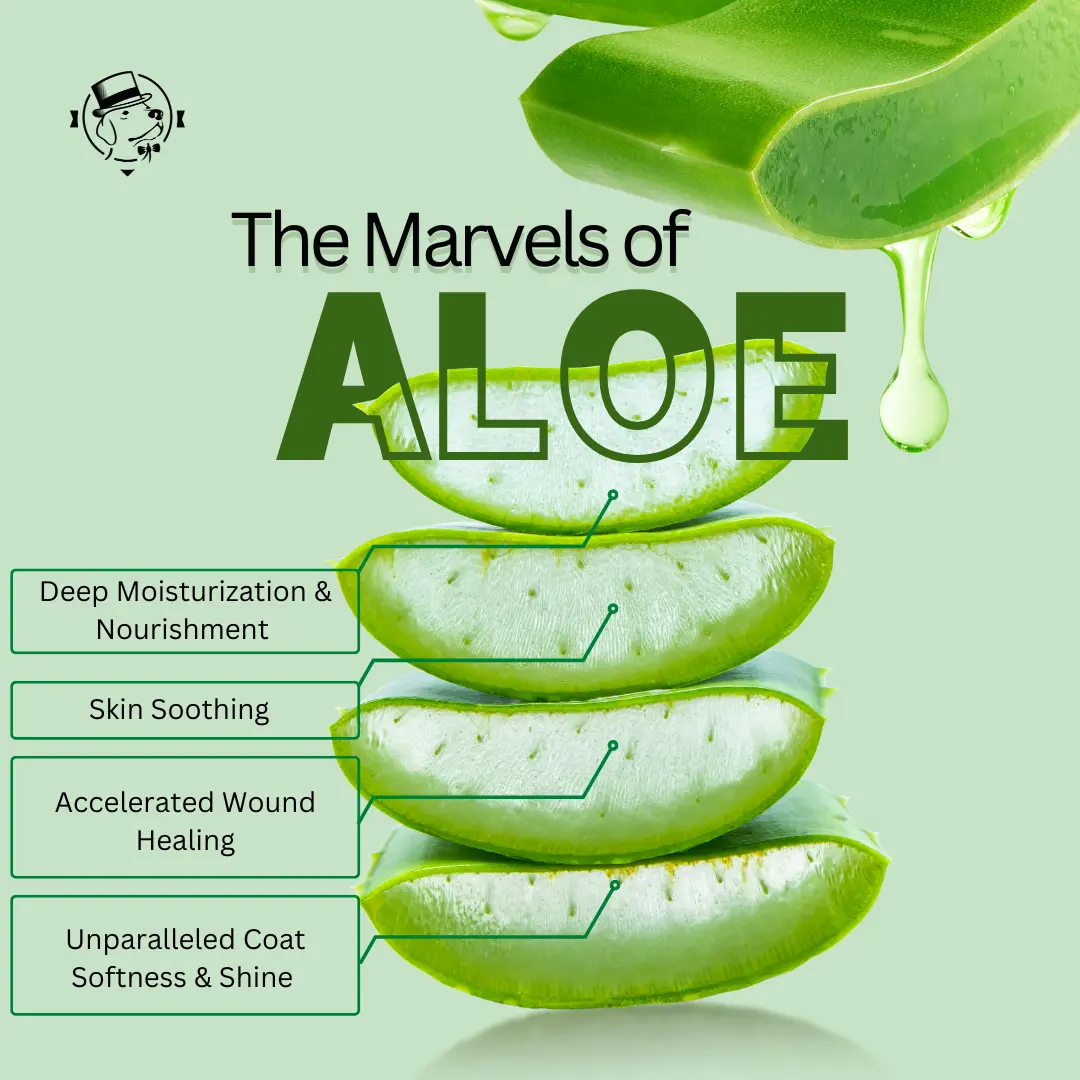Does my dog feel cold? Myths and facts
Does my dog feel cold?
The answer is yes- there are conditions in which our dog can get cold during their walk or in the case of dogs living outdoors. There is often the misconception that dogs (and cats) do not get cold and that their nature makes them even extreme cold resistant (and heat respectively). But this is not entirely true as we also need to remember that they are pets that have been domesticated by us humans and although they are affected the same as us by environmental conditions, they have also adapted to living with us in our homes and in most cases in indoor conditions and controlled temperatures.
So, we easily realize that stray dogs (and cats) get cold a lot more often, even without extreme cold weather, since they are always exposed to the weather conditions while also often without any kind of shelter or adequate food which ensures body temperature regulation.
Thus, in the case of our stray friends (dogs and cats), those of us that are able we could make sure they can find at least a temporary shelter from extreme cold as well as plenty of food and clean water. A warm, weather-protected spot in our yard or parking lot, a covered box with a blanket or an old sweater or ours, in a warehouse or anywhere we can offer a protected spot along with some food and water can save their lives.
Cats often find shelter from the rain and the cold in car hoods or under them. Especially if you know there are stray cats’ colonies in your neighborhood, remember to bump your hood several times before you start your engine so if there’s a kitty in or under it they can get out in time.
When does my dog get cold?
Our pets feel the temperature drop just like we do, however having a different degree of sensitivity to it they are less or more affected by it. There are factors affecting the dogs’ degree of sensitivity to cold and those are mainly the type of coat and their size. However, if you notice your dog being hesitant and tremble while walking on a cold day, then regardless of its size or type of coat they are probably cold.
The areas more sensitive to cold are their bellies, their ears and on cold windy days their noses.
Their paws are not so sensitive to cold since their “design” is such precisely to protect them from it. Therefore, dog “shoes” or “socks” in geographic areas with mild winters are not so necessary for their walks since they mostly cause them discomfort rather than help them. This doesn’t mean our dog can remain in wet, cold terrains for very long because eventually at some point their paws and feet will get cold, but during a typical walk there is not such a great risk. Some dogs, usually in northern areas with prolonged harsh winters and very low temperatures wear special dog shoes but mainly to protect their feet from chemicals and salts used to clean the ice and snow from the roads or from sharp edges caused by frost.
Are there dogs more prone to getting cold?
Large dogs with double coats like Huskies, Shepherds, Pyrenees, Chow Chows, Newfoundland, Golden Retrievers can withstand cold a lot better, and some breeds even feel more comfortable in cold weather as their physiology and biology is built for cold climate.
A double thick coat in any dog usually offers better endurance towards cold, while on the contrary dogs with single, shorthair coats like Boxers, Dobermans, Great Danes or small breeds like Terriers, Pugs or Chihuahuas as well as puppies and senior dogs tend to be more sensitive to cold and we should pay extra attention when taking them outside.
How can I protect my dog from the cold?
- Firstly – and especially on days with very low temperatures – we can reduce the walk duration and make up for the quality time and release of energy with extra playtime at home.
- We can also help our dog by dressing them with cold protection dog clothes – waterproof and suitable for winter – or even with clothes we have altered or sewed ourselves.
- It is essential that we keep our dog as dry as possible while being outside and definitely dry them well when returning home – especially their bellies, heads and paws. If our dog gets wet and shows signs of being cold even a while after we’ve been back, dry them further with the help of a warm ironed towel or a hairdryer being careful not to bring the hot air too close to them as we may cause burns on their skin. If they continue to show signs of being cold contact your vet ASAP.
- We adjust our dog’s grooming during winter and don’t give them very short haircuts so that they can stay protected from the cold.
- If our dog remains as active as before during cold days then we can slightly increase their daily food portion, to facilitate their increased energy needs. However, if our dog reduces their activity during cold days then don’t increase their portions since reduced exercise combined with increased amounts of food can cause weight gain.
Nature has made sure animals can adjust to weather conditions and if there are not any medical reasons preventing it, you can easily enjoy winter – even snow – with your beloved pets without worry. Even if your dog is a little sensitive to cold or their coat does not offer them adequate protection, if we make sure they stay warm and dry, they can and they need to enjoy their walk and together-time with us and their friends. In days with snow, don’t miss the chance to enjoy it with them stress-free having the necessary accessories with you, refresh and rejoice seeing their happy tails when playing in the snow. Beware of any slips, have fun and recharge your batteries!

Δείτε επίσης:

Welcome back to our digital encyclopedia where you can find and learn about a variety of topics related to pet […]

Bathing our loyal friends is an important part of their grooming routine, but it can become quite difficult when our […]







